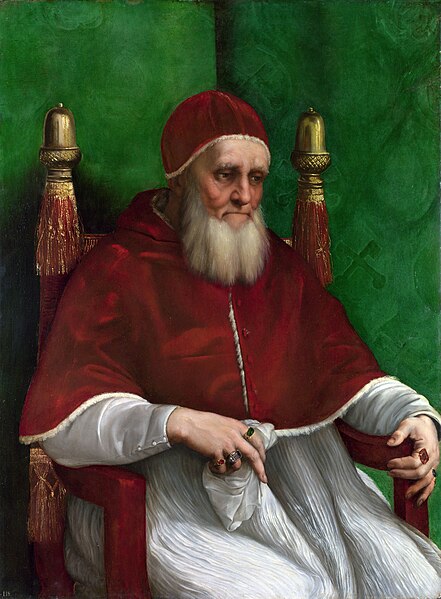The Battle of Flodden, Flodden Field, or occasionally Branxton or Brainston Moor was fought on 9 September 1513 during the War of the League of Cambrai between the Kingdom of England and the Kingdom of Scotland and resulted in an English victory. The battle was fought near Branxton, in the county of Northumberland, in northern England, between an invading Scots army under King James IV and an English army commanded by the Earl of Surrey. In terms of troop numbers, it was the largest battle ever fought between the two kingdoms.
The Flodden Memorial on Piper's Hill, overlooking the site of the battle
Norham Castle, which fell to the Scots on 29 August after a six-day bombardment by James's artillery.
James IV captured Ford Castle from Lady Heron
A view of Flodden Hill which shows its steep gradient. The crest of the hill was without trees at the time of the battle.
War of the League of Cambrai
The War of the League of Cambrai, sometimes known as the War of the Holy League and several other names, was fought from February 1508 to December 1516 as part of the Italian Wars of 1494–1559. The main participants of the war, who fought for its entire duration, were France, the Papal States, and the Republic of Venice; they were joined at various times by nearly every significant power in Western Europe, including Spain, the Holy Roman Empire, England, the Duchy of Milan, the Republic of Florence, the Duchy of Ferrara, and the Swiss.
Pope Julius II, painted by Raphael (oil on wood, c. 1511). Julius attempted to secure Papal authority in Italy by creating the League of Cambrai, an alliance aimed at curbing Venetian power.
Alfonso I d'Este, Duke of Ferrara; excommunicated by Julius, he inflicted a number of defeats on the Papal forces
Pope Julius II on the walls of the conquered city of Mirandola (oil on canvas by Raffaello Tancredi, 1890, City Hall of Mirandola)
The death of Gaston de Foix during the Battle of Ravenna heralded a long period of defeats for France.








